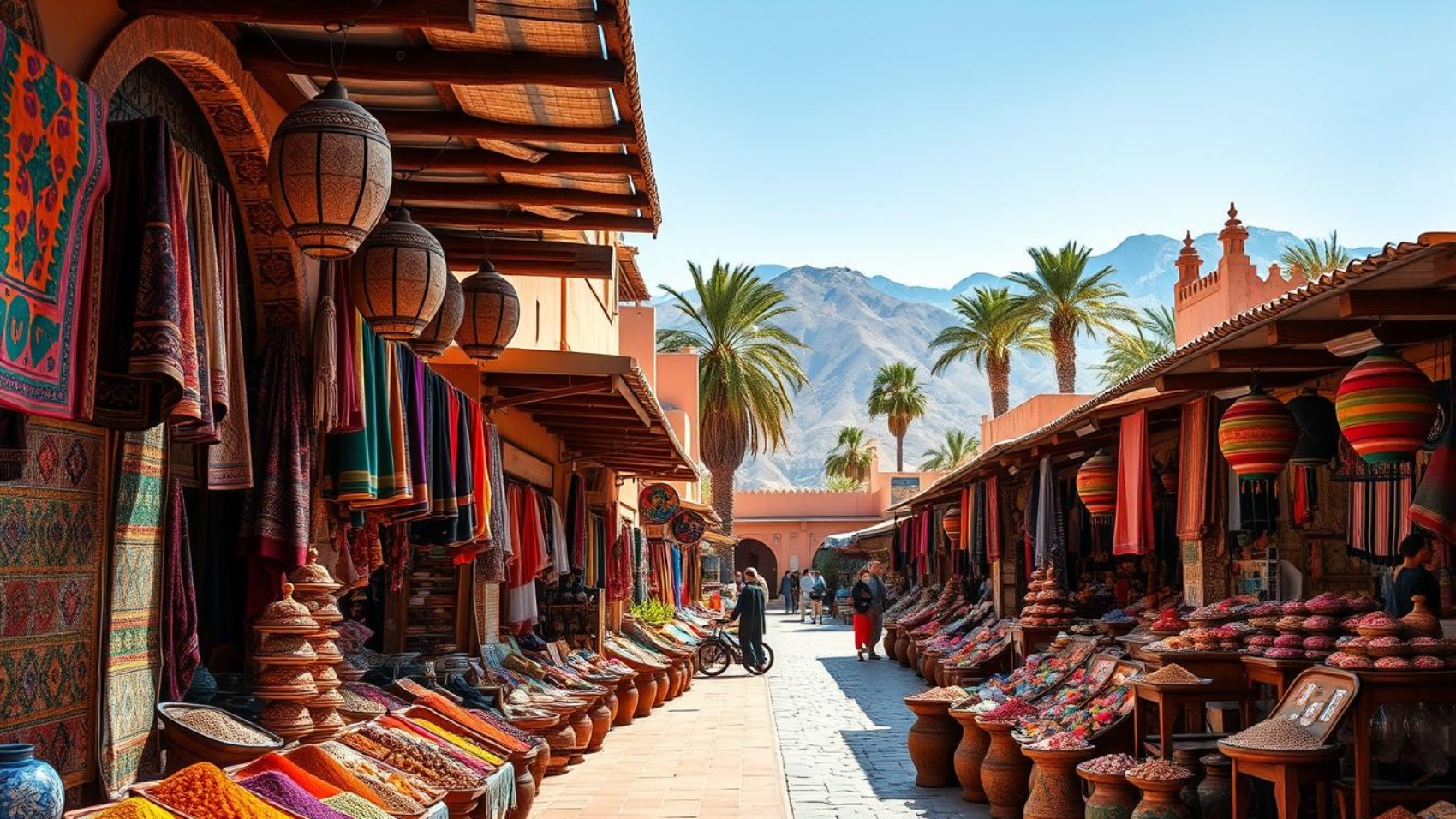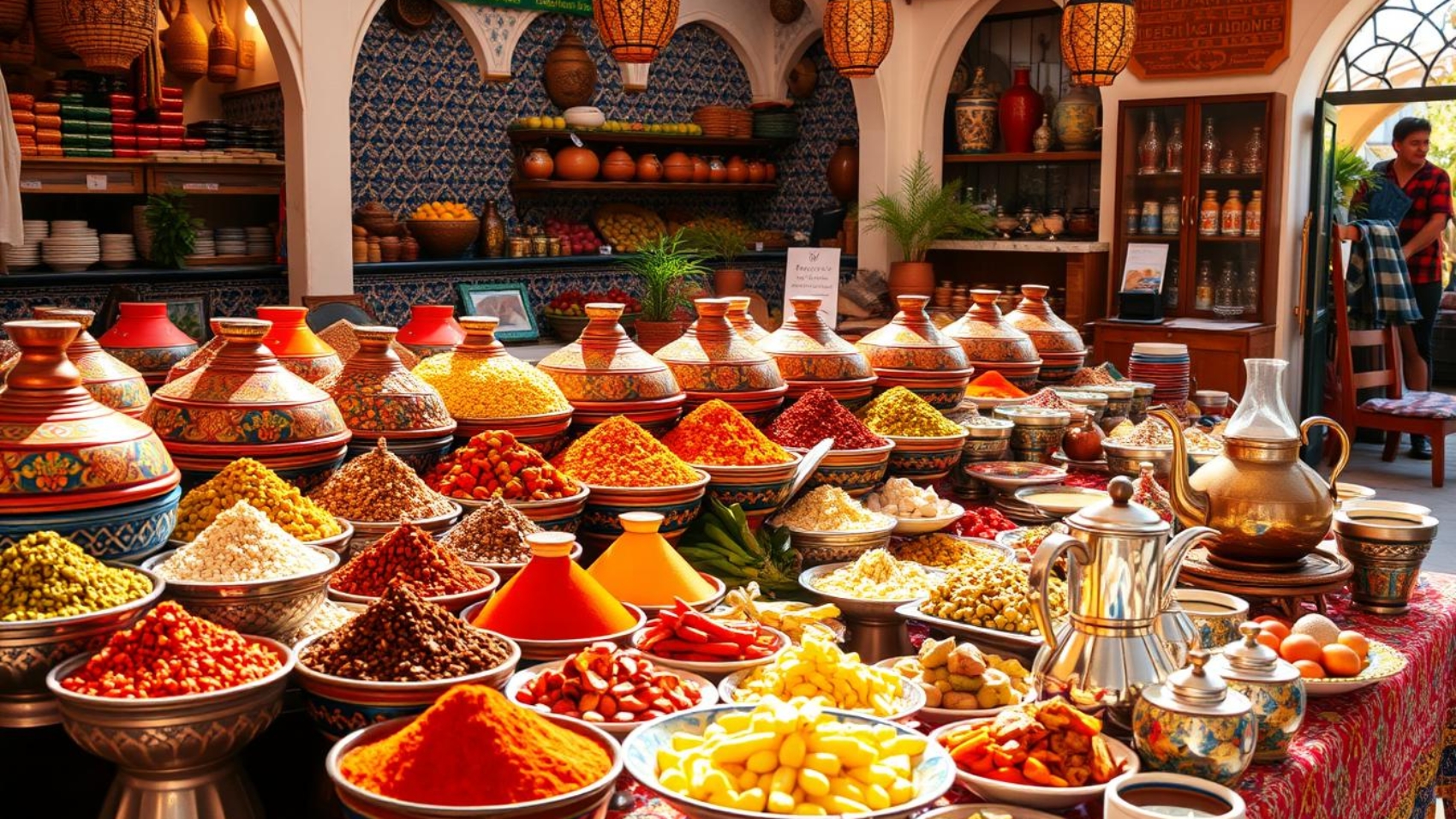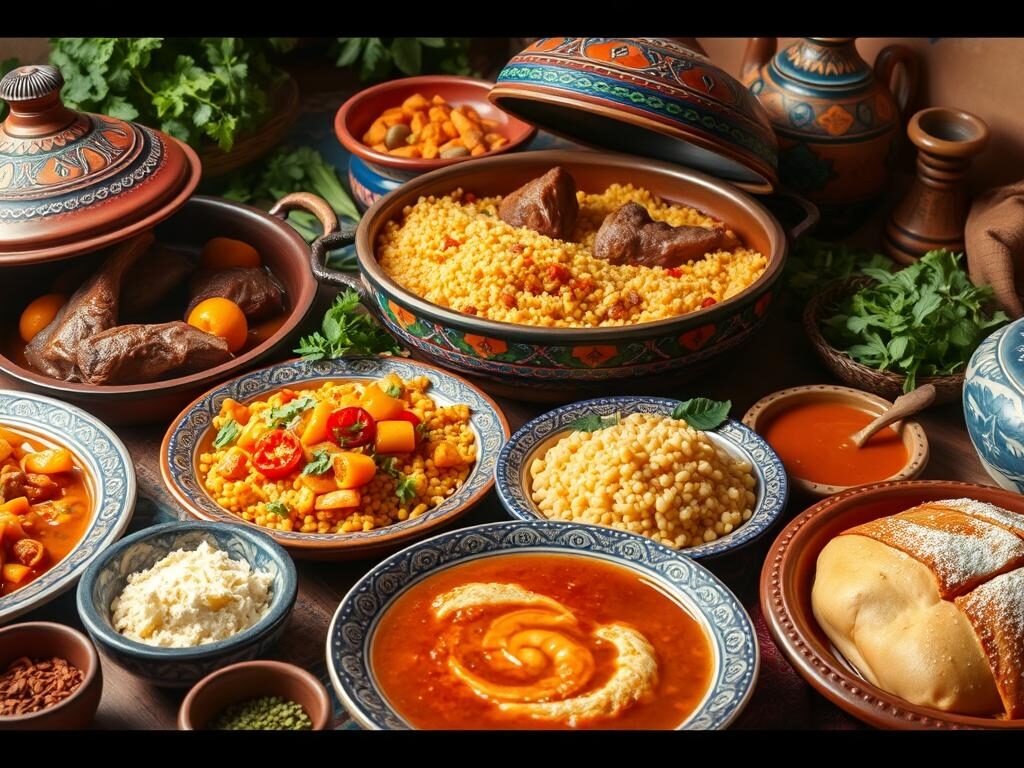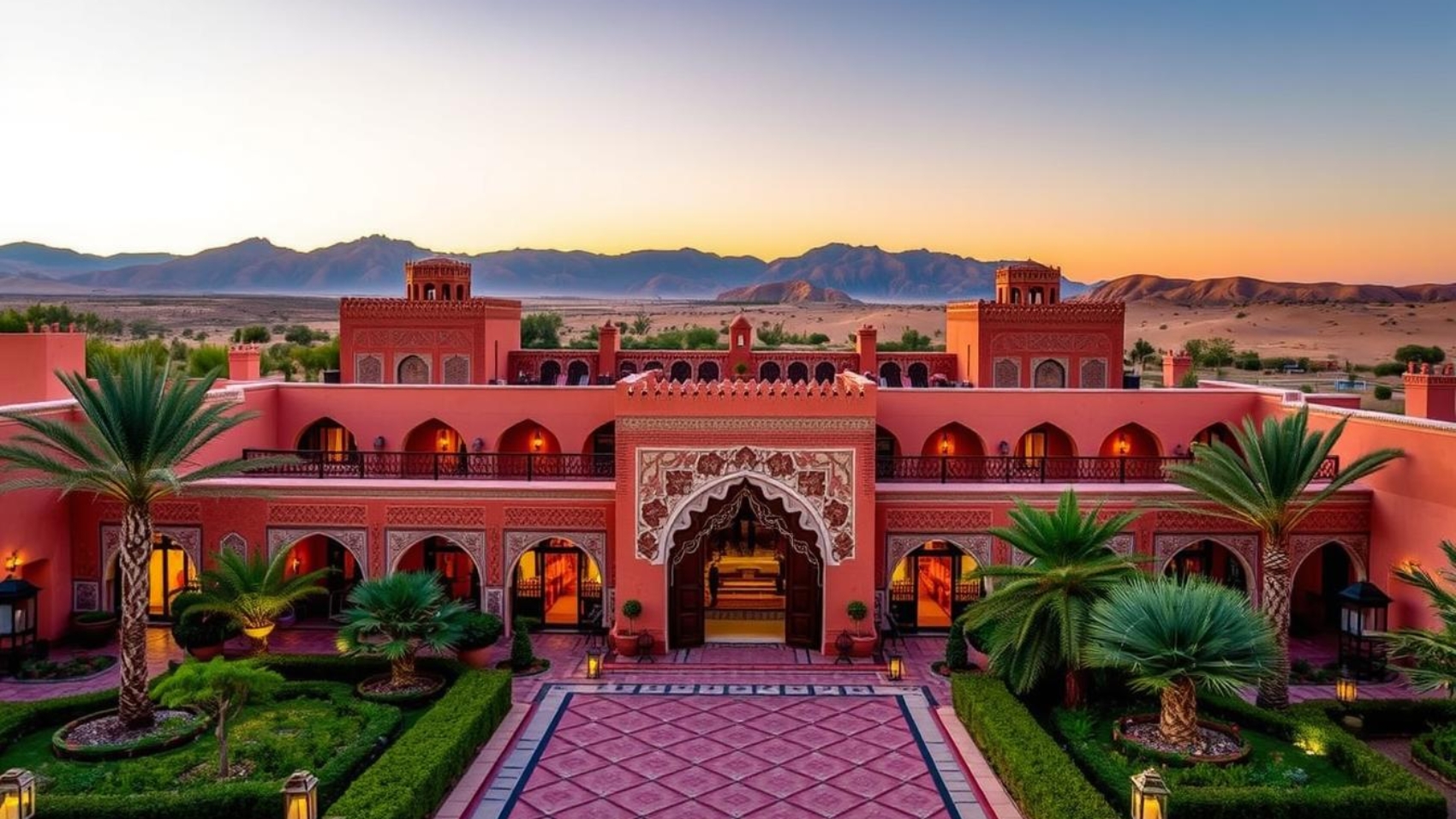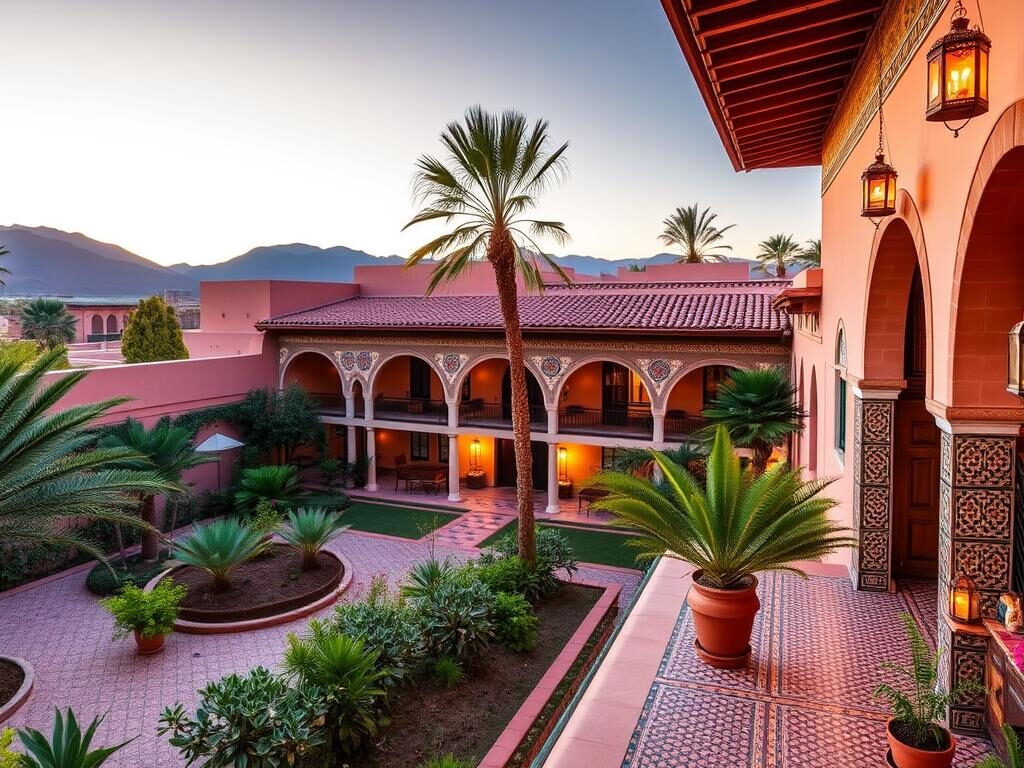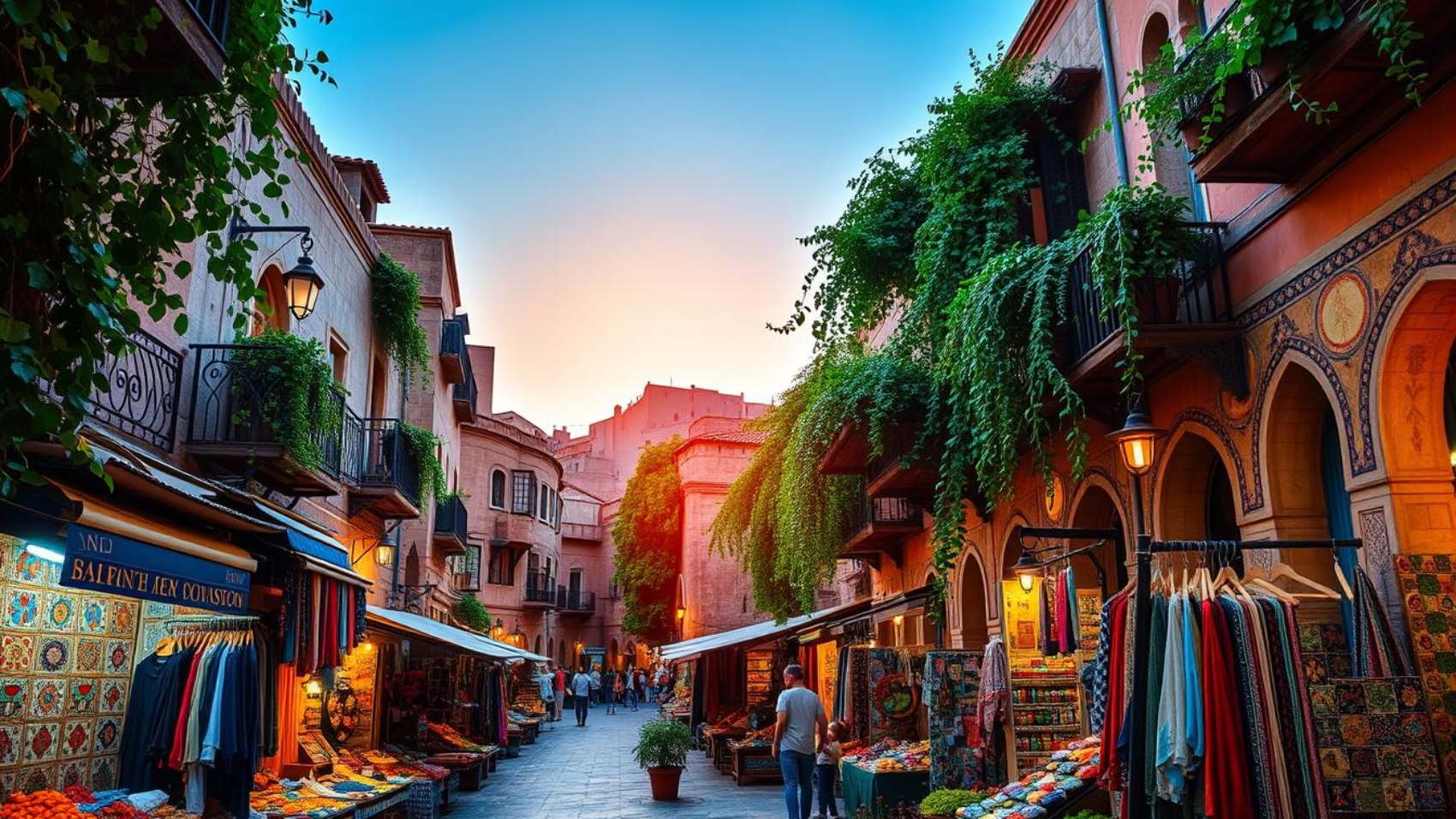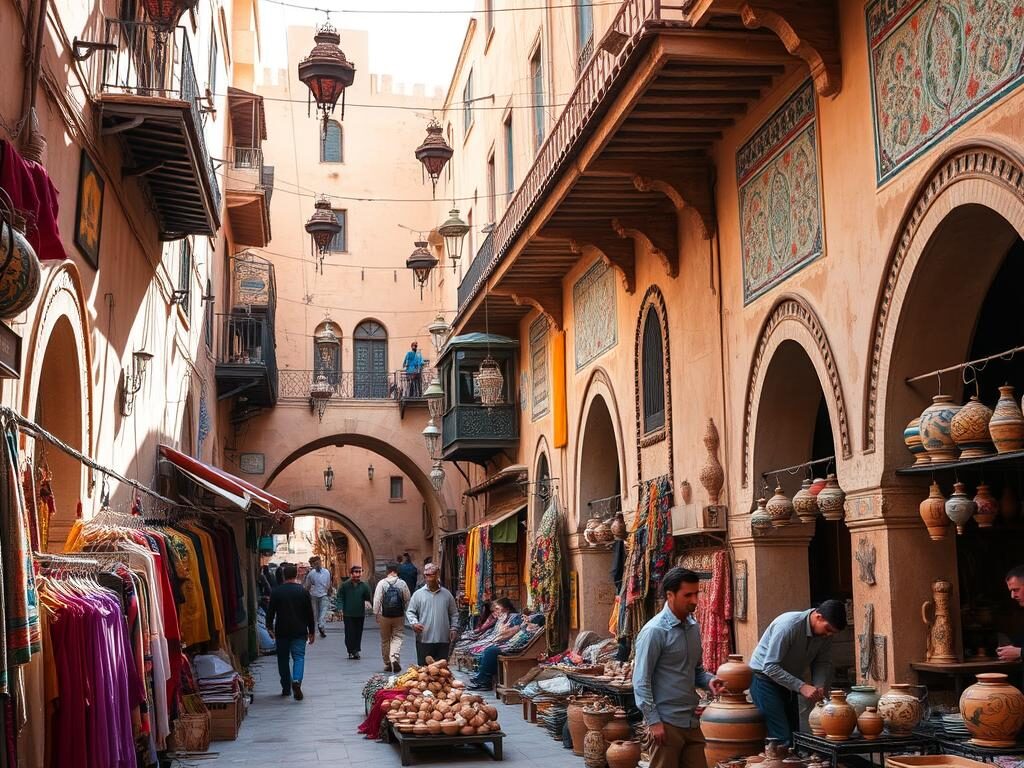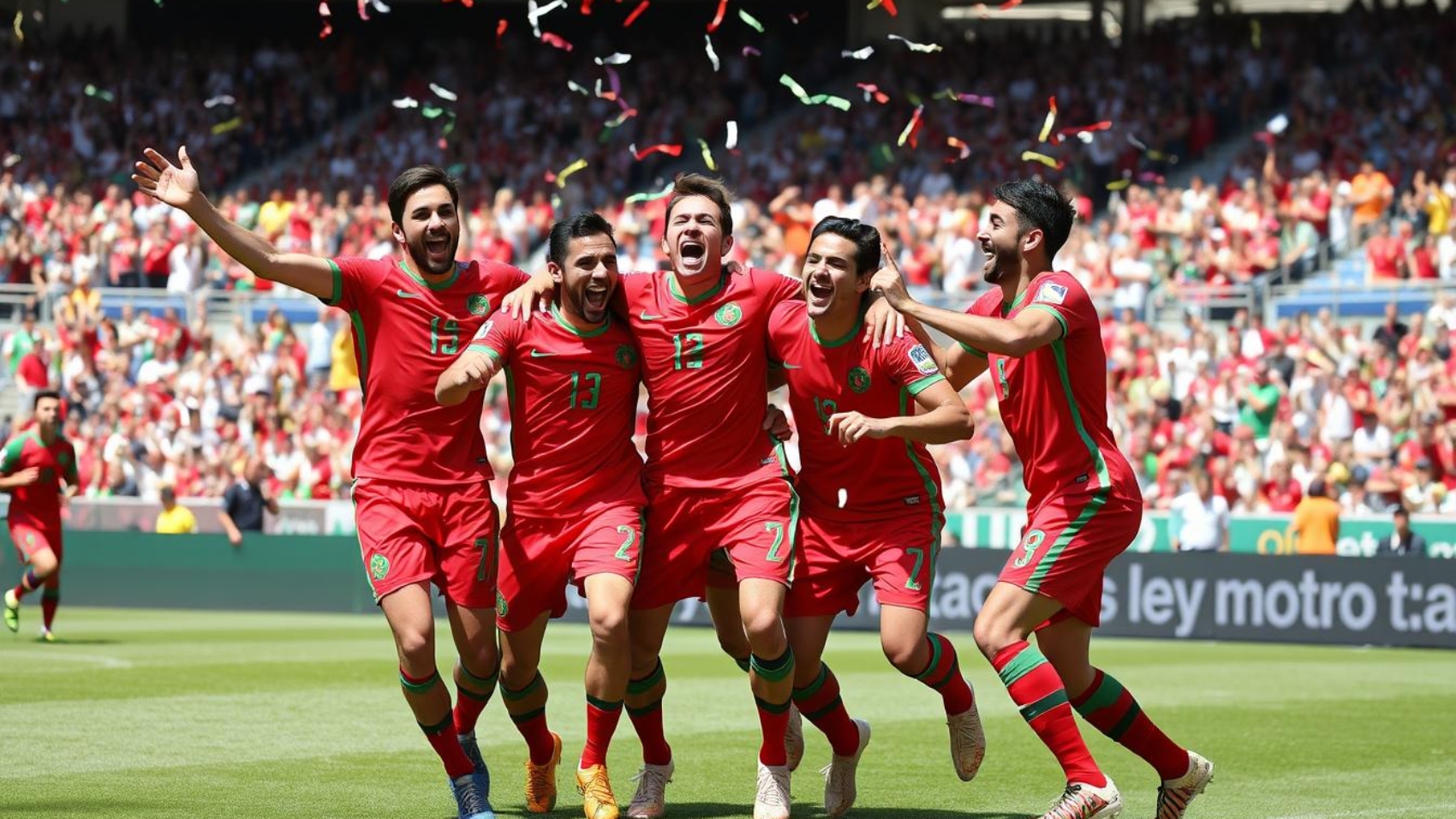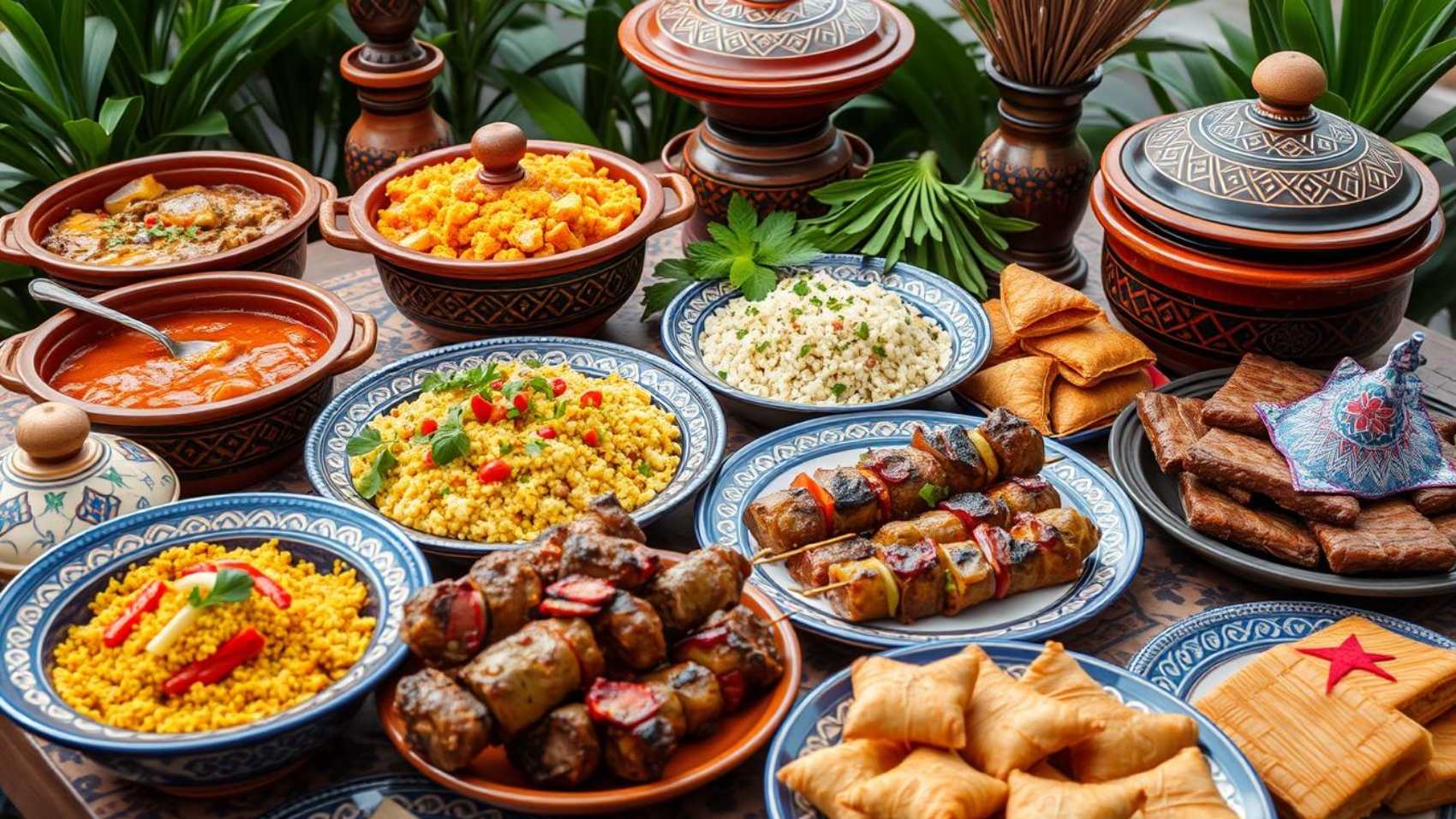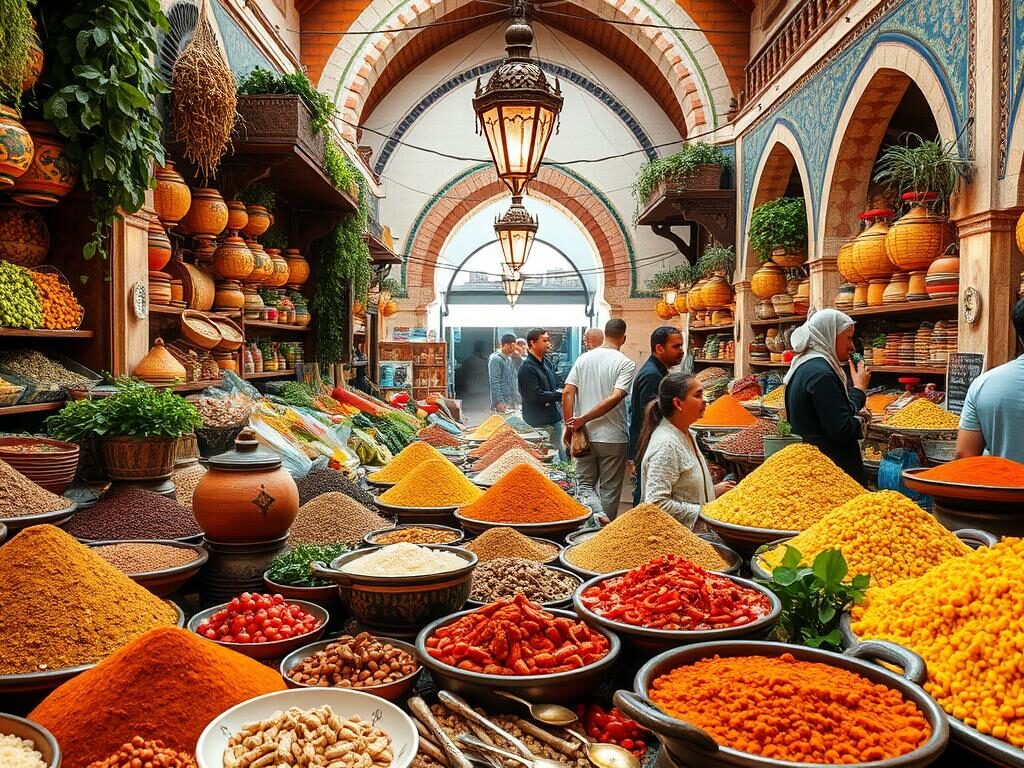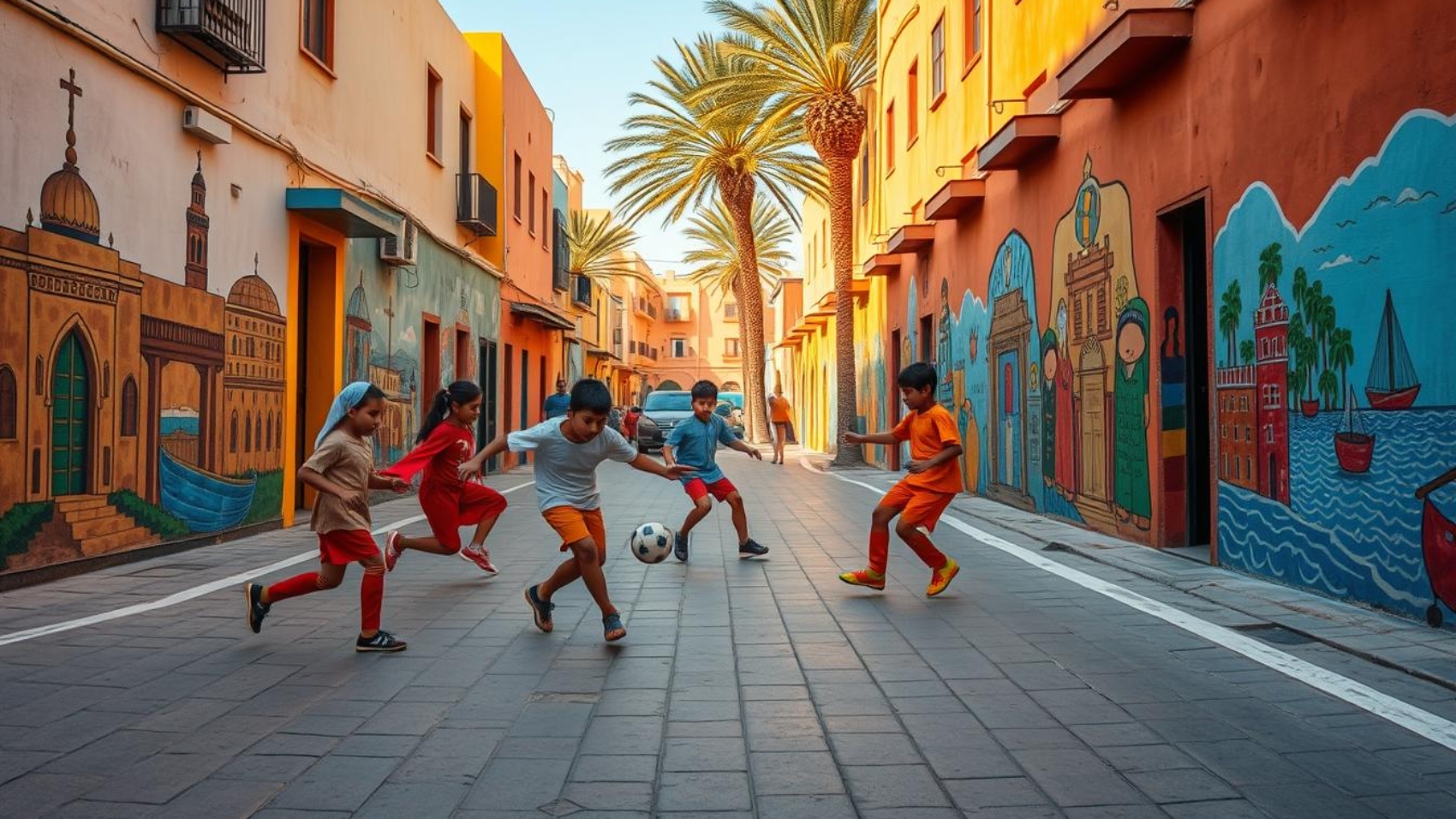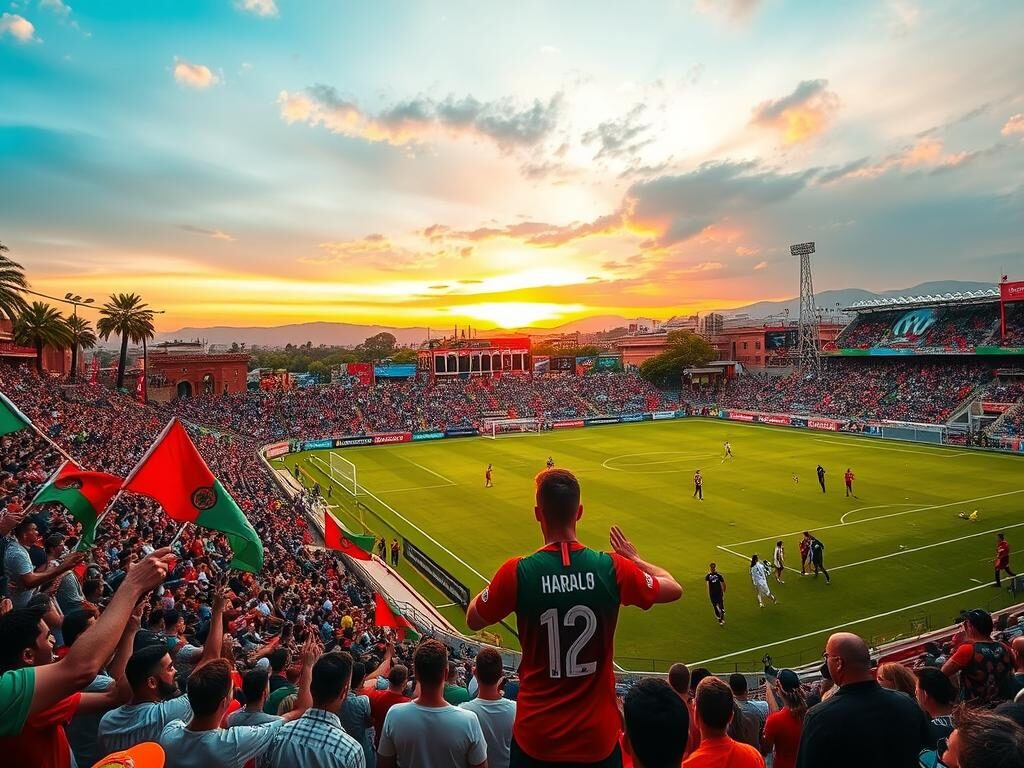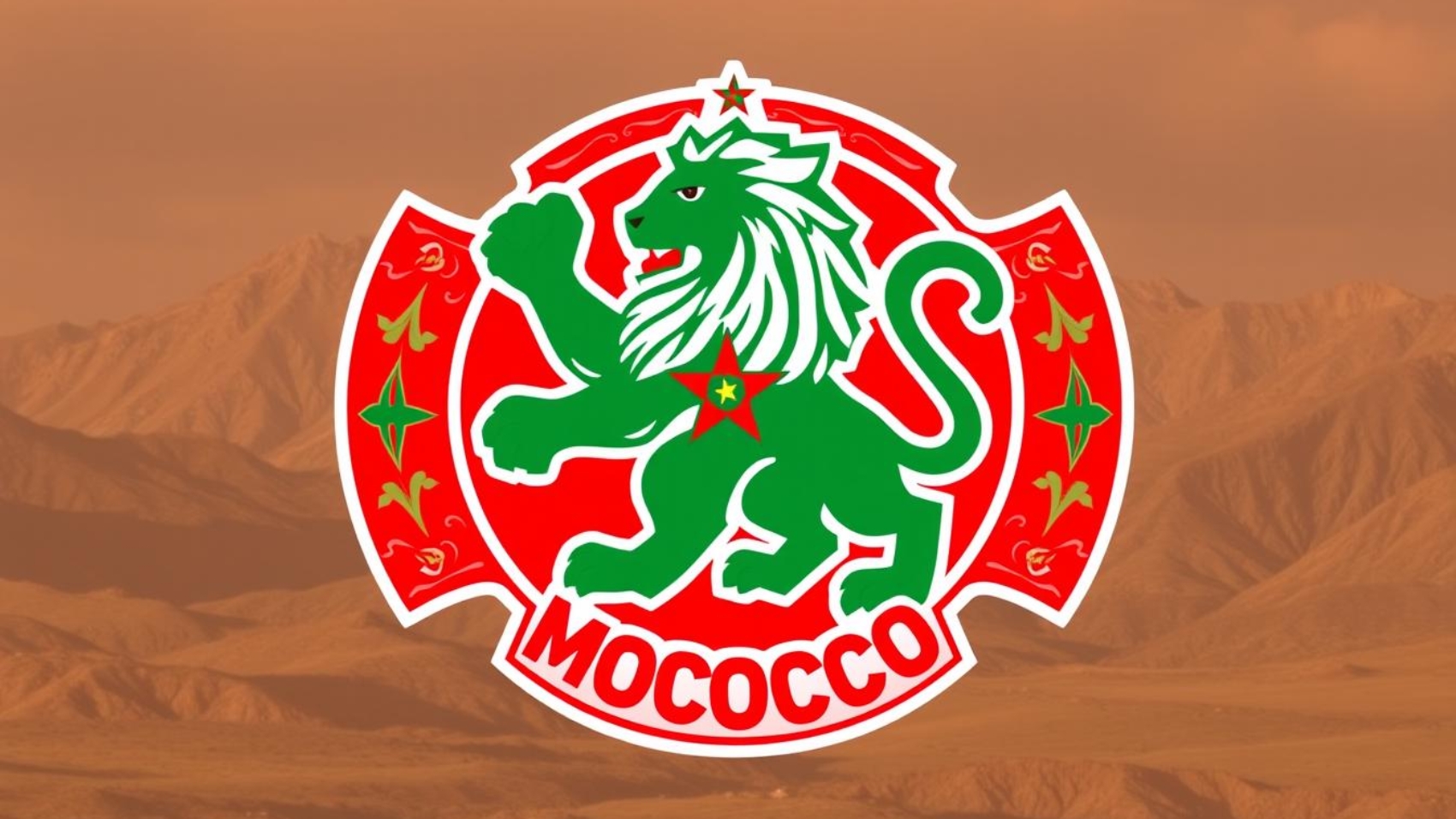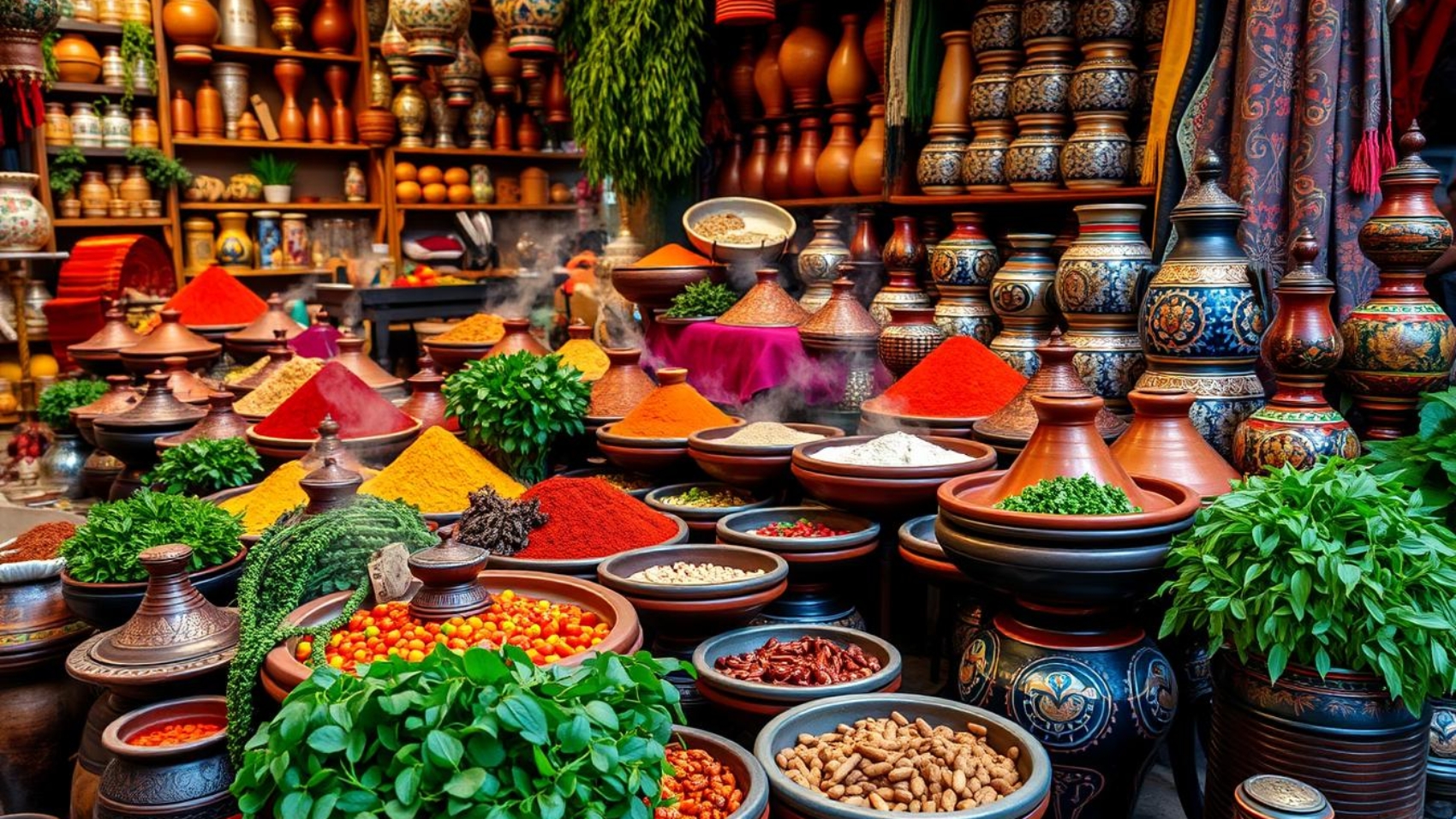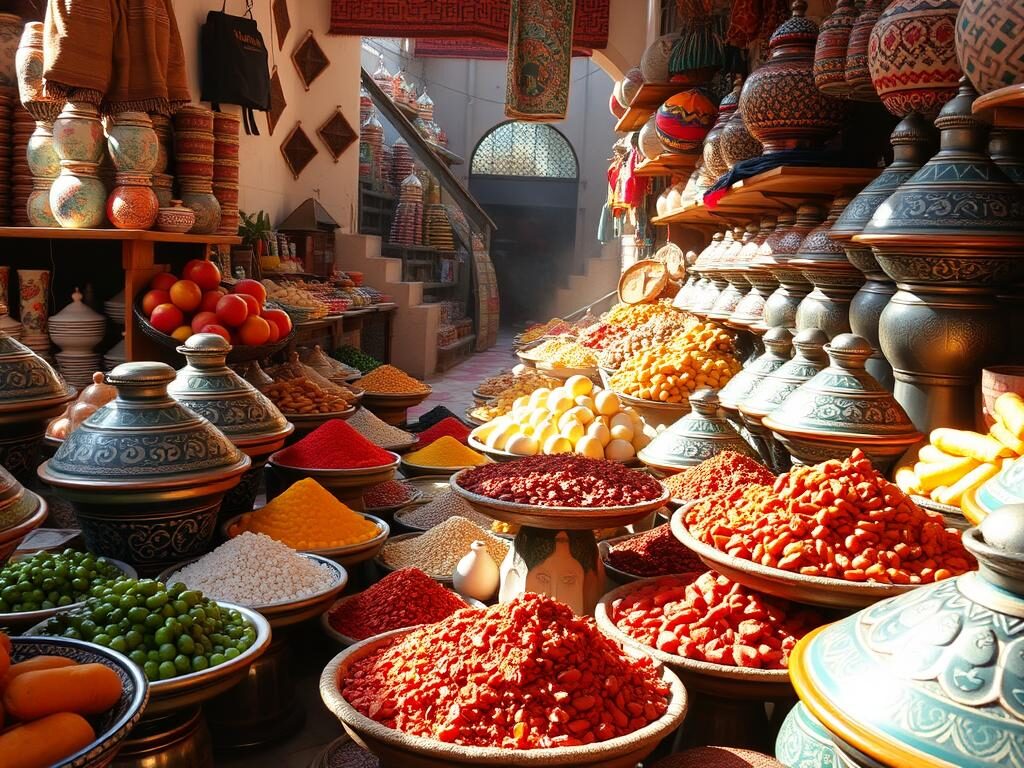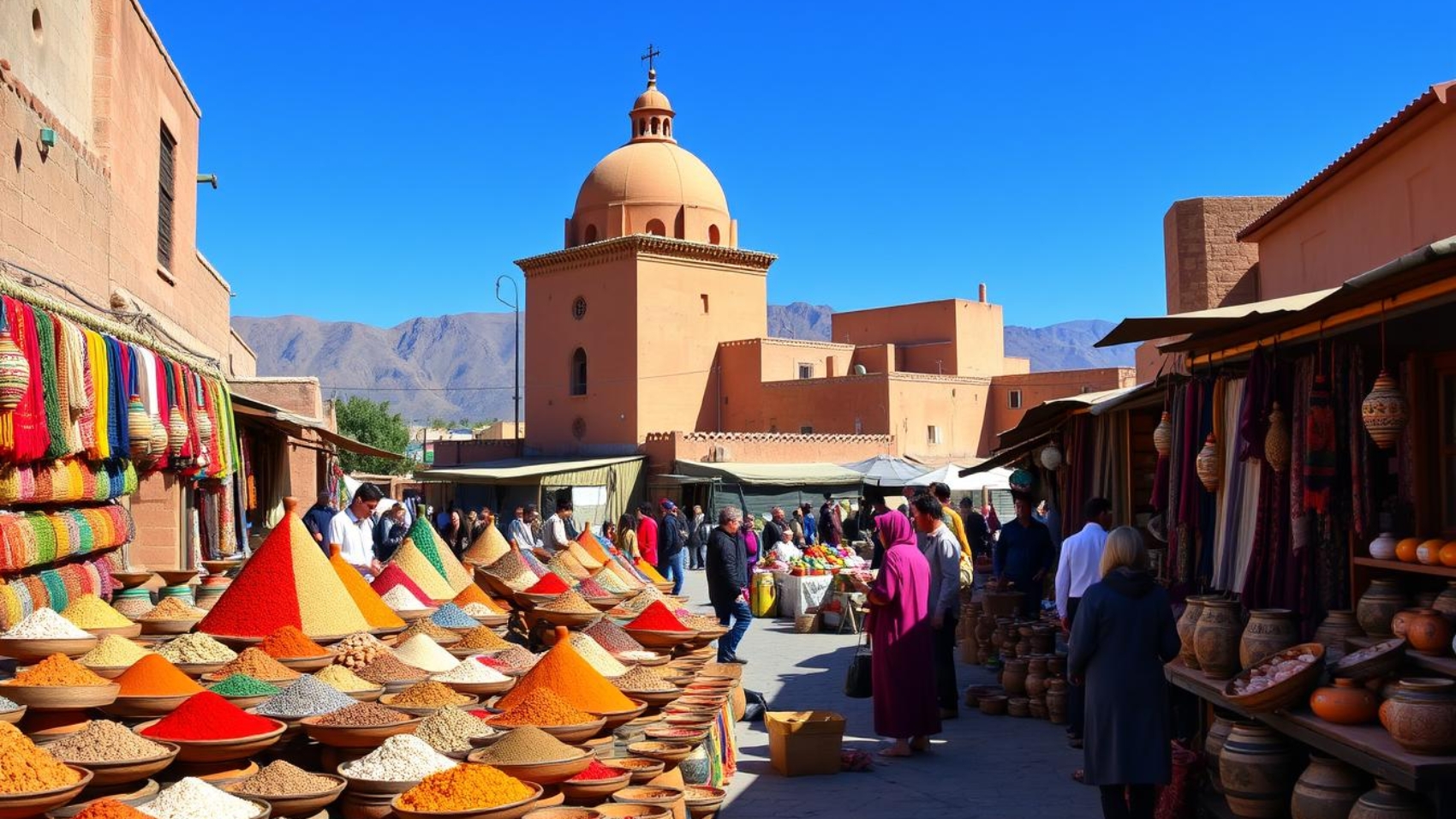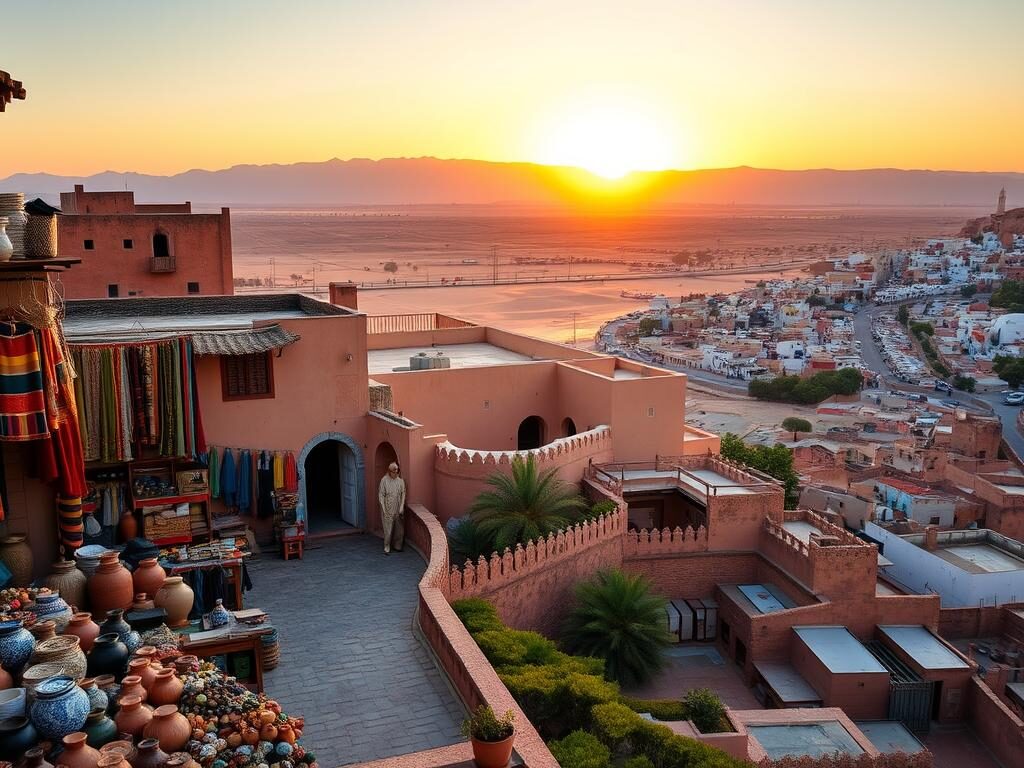Welcome to your travel guide Morocco, where adventure, culture, and history meet. This vibrant country has many Morocco vacation spots for all interests. You can explore Marrakech’s markets or the Sahara Desert’s beauty.
You’ll find the best places to visit in Morocco. These spots show the country’s rich diversity. Get ready to explore our guide and find both famous and hidden gems for a memorable trip.
Introduction to Morocco
Morocco, in North Africa, is a treasure trove of morocco history and culture. It’s a mix of Arab, Berber, and European traditions. This blend makes it a unique place for travelers to explore the best places to visit in morocco.
The landscapes in Morocco are stunning. You’ll see the Atlas Mountains, valleys, and coastlines. Each spot is perfect for adventure and discovery. Cities like Marrakech, Fes, and Casablanca offer lively markets, ancient medinas, and modern comforts.
Knowing Morocco’s history makes your trip even better. The country’s past is filled with ancient civilizations and cultural influences. This knowledge helps you enjoy the sights, sounds, and tastes of Morocco more fully.
Exploring Marrakech
Marrakech is a top tourist spot in Morocco, known for its rich history and vibrant culture. It offers many experiences that make it a must-see in Morocco. Visitors can see iconic landmarks that show the city’s unique style and history.
Top Attractions in Marrakech
In Marrakech, there are many places that show the city’s beauty. Some key spots include:
- Koutoubia Mosque: The largest mosque in Marrakech, known for its stunning minaret, is a key symbol of the city.
- Jardin Majorelle: This amazing garden, once owned by Yves Saint Laurent, has exotic plants and bright colors. It’s a peaceful place to visit.
- Palais Bahia: An impressive royal palace with intricate mosaics and lush courtyards. It shows the beauty of Moroccan architecture.
- Djemaa el-Fna: This lively square is full of street performers, traditional music, and food stalls. It’s a great place to try Moroccan food.
- Saadian Tombs: These beautifully decorated tombs give insight into the Saadian dynasty’s history and architecture.
- El Badi Palace: Although in ruins, the palace’s grandeur attracts visitors. It shows the city’s rich past.
Cultural Experiences in Marrakech
Marrakech is great for cultural tourism in Morocco. It offers unique experiences that let visitors dive into local traditions. For example, taking a Moroccan cooking class to learn how to make tagine and couscous is a must. Other experiences include:
- Attending a traditional hammam: A spa experience that shows Moroccan wellness practices.
- Participating in festivals: Events like the Marrakech International Film Festival highlight the city’s vibrant culture.
- Guided tours of historical sites: Exploring landmarks gives deep insights into Marrakech’s architectural wonders and their influences.
These experiences leave lasting memories. Marrakech is a top vacation spot for those who love culture and adventure.
Discovering Fes and Its Historic Medina
Fes is known for its rich culture and history. It’s a key spot in Morocco that lets visitors dive deep into the local culture. The historic medina of Fes El Bali takes you back in time with its old streets and buildings.
The Significance of Fes El Bali
Fes El Bali is a UNESCO World Heritage site. It’s one of the biggest car-free areas in the world. This place shows the heart of Morocco’s history, with ancient buildings and schools.
Walking through the medina, you’ll see busy markets and workshops. These places show off traditional crafts. The madrasas here are famous for their beautiful tile work and calligraphy, which are key parts of Morocco’s culture.
Must-Visit Sites in Fes
There are many places in Fes that show its lively spirit:
- Bou Inania Madrasa – A beautiful example of Moroccan architecture, known for its stunning tilework and wood carvings.
- Chouara Tannery – A unique look at traditional leather-making, offering a special experience.
- Dar Batha Museum – Located in a former royal palace, this museum shows off Moroccan arts and crafts, telling the story of the country’s heritage.
Visiting these sites helps you understand Morocco’s culture and history. Fes is a top place to see in Morocco. The souks are full of life, where you can see local crafts and trade, making your trip unforgettable.
Best Places to Visit in Morocco
Morocco is a treasure trove of culture and history. It has some of the best places to visit in Morocco. Each spot offers a unique experience, letting travelers dive into the country’s rich diversity. From Marrakech’s lively streets to Essaouira’s calm coastlines, these places are sure to amaze every visitor.
Overview of Popular Destinations
Marrakech is a standout with its busy souks and old palaces. Fes is famous for its ancient medina and traditional crafts. Chefchaouen is known for its blue buildings, making it a perfect photo spot.
Tangier is a cultural mix of Moroccan and Mediterranean vibes. Meknes and Volubilis show the country’s history with their Roman ruins.
Regional Highlights
Exploring Morocco’s regions uncovers more wonders. The Sahara Desert is great for adventure, with dunes that shift with the wind. The Atlas Mountains are perfect for hiking, offering stunning views and a glimpse into Berber life.
Agadir has beautiful beaches and modern resorts for relaxation. Essaouira is known for its historic medina, coastal fortifications, and windsurfing. It also offers a taste of authentic Moroccan seafood.
Venturing into the Sahara Desert
The Sahara Desert is a breathtaking part of Morocco. It draws visitors with its vast landscapes and unique experiences. For those who love adventure, Morocco’s desert offers many activities. These allow travelers to dive into the desert’s beauty and culture.
Best Activities in the Sahara
There are exciting activities to enjoy in the Sahara. Some popular ones include:
- Camel trekking through the iconic dunes, providing an authentic feel of the nomadic lifestyle.
- Sandboarding down the towering dunes, perfect for thrill-seekers looking for an adrenaline rush.
- Stargazing at night, where clear skies reveal a spectacular display of constellations.
- Desert camping under a blanket of stars in traditional Berber tents, offering a taste of local hospitality.
Erg Chebbi and Erg Chigaga are great places to start your desert adventure. Visitors can also experience the rich local culture and customs, making their trip even more special.
Popular Towns near the Sahara
Several towns near the Sahara are perfect for exploring the desert. Two top destinations in Morocco are:
- Merzouga: Known for its stunning proximity to the undulating dunes, it remains a favorite base for desert excursions.
- Zagora: Famous for its camel caravan routes to Timbuktu, this town offers unique cultural experiences through local crafts and delicious cuisine.
Both towns offer access to incredible landscapes and the chance to experience the rich nomadic traditions of the region. They are key stops for anyone interested in desert tourism Morocco.
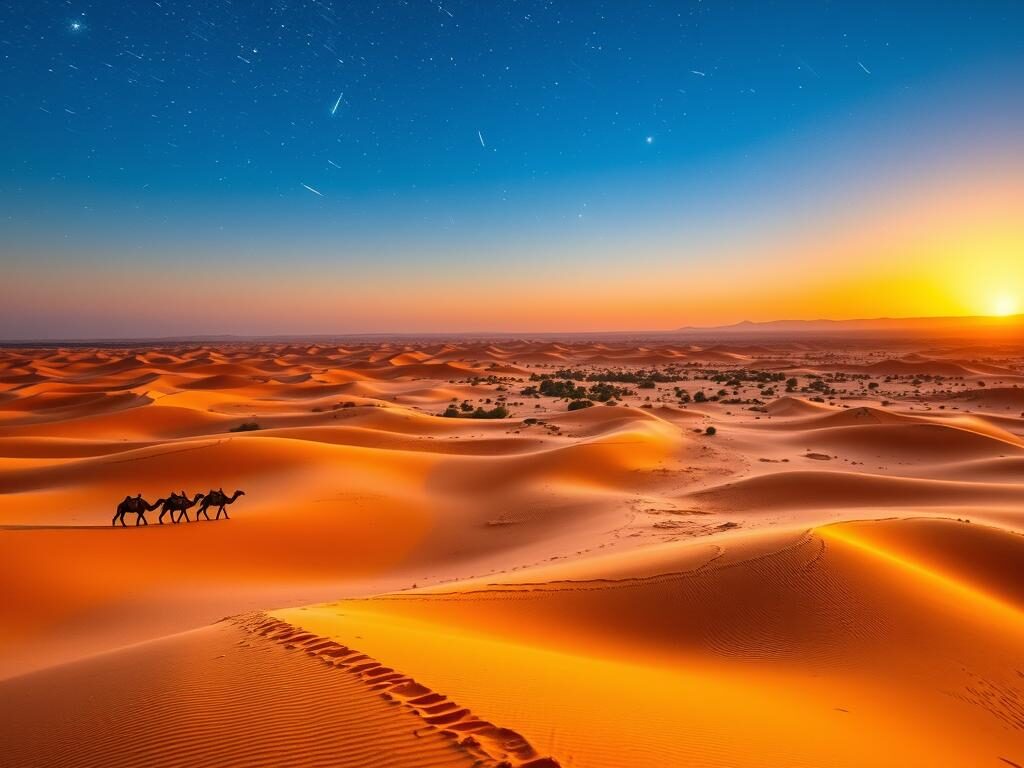
Exploring the Coastal Beauty of Essaouira
Essaouira is a standout among coastal spots in Morocco, known for its beautiful beaches and lively culture. This port city offers many unique experiences for travelers. You can try local crafts, enjoy water sports, or explore the historic architecture.
The scenery and history make Essaouira a welcoming place for all visitors.
Unique Experiences in Essaouira
Essaouira’s artistic scene is vibrant, with art galleries and markets along its streets. Visitors can:
- Experience the bustling fish market, where fresh catches spark lively bargaining.
- Discover art galleries showcasing local artists’ work, making Essaouira a hidden gem in Morocco.
- Join the annual Gnaoua Festival, a global event celebrating Moroccan music and culture.
- Try windsurfing and kitesurfing, enjoying the city’s strong coastal winds.
Local Cuisine and Dining Options
Essaouira’s food is a must-try, with its fresh seafood and local flavors. The city’s dining scene offers:
- Grilled sardines, a favorite that highlights the region’s fishing heritage.
- Seafood tagines, combining fresh ingredients with aromatic spices.
- Mint tea in charming cafes, offering relaxation and ocean views.
Hidden Gems of Morocco
For those eager to explore Morocco’s hidden spots, a world of treasures awaits. Morocco offers unique travel experiences that mix adventure, local culture, and stunning views.
Off-the-Beaten-Path Destinations
Chefchaouen is a standout gem in Morocco. Its blue walls and peaceful Rif Mountains setting make it a haven for those seeking calm. Skoura, with its lush palm groves and ancient kasbahs, tells stories of the past.
Tafraoute, against the Anti-Atlas Mountains, is known for its unique rock formations and colorful boulders. Nature’s artistry is on full display here.
- Chefchaouen – Famous for its blue-hued streets and relaxed vibe.
- Skoura – Discover historic kasbahs surrounded by palm trees.
- Tafraoute – Experience stunning landscapes and colorful rocks.
Visiting these hidden spots offers a chance for real Moroccan experiences. It’s a way to avoid crowded places and dive into the area’s rich diversity.
Moroccan Landmarks You Can’t Miss
Exploring Morocco shows a rich mix of architectural highlights and historical attractions morocco. These must-see destinations morocco give a glimpse into the country’s past and present. They are key for anyone interested in tourism in morocco.
Architectural Wonders
The country boasts stunning moroccan landmarks that show timeless artistry. The Hassan II Mosque in Casablanca is one of the largest mosques, with amazing ocean views and beautiful mosaics. The Royal Palace in Fes shows royal splendor with its detailed tile work and grand gates.
The Kasbah of Ait Ben Haddou, a UNESCO World Heritage site, is known for its traditional earthen clay architecture. It has stood the test of time.
Historical Significance
Morocco’s historical sites show its diverse past. The ancient ruins of Volubilis reflect Roman influence. The Grand Mosque of Taza showcases Islamic architecture’s grandeur.
The Medersa Bou Inania in Fes is famous for its stunning artistry. The well-preserved ramparts of Essaouira, built by the Portuguese, show the blend of cultures in Morocco. These cultural heritage sites are more than tourist spots; they tell Morocco’s story through the ages.
Morocco Travel Tips for Tourists
Traveling in Morocco is full of exciting experiences. You can enjoy the lively city life or relax in the peaceful deserts. Here are some key morocco travel tips to help you plan your trip. They cover the best time to visit and understanding the local culture.
Best Time to Visit Morocco
The spring (March to May) and fall (September to October) are the best times to visit Morocco. The weather is mild, perfect for outdoor activities. Summer can be very hot, especially in the interior. Winter might be chilly in the mountains.
Each season has its own festivals. This lets you plan your trip around these cultural events.
Cultural Norms and Etiquette
Knowing about Moroccan culture makes your trip better. It’s important to dress respectfully, especially in rural areas and at religious sites. Saying “Salam” (peace) when greeting locals is a sign of respect.
When offered mint tea, it’s polite to accept. Learning these customs helps you connect with the locals. It makes your trip more enjoyable and meaningful.
Conclusion
Morocco is a place of beauty and diversity, where every corner invites you to explore. Marrakech’s vibrant colors and busy streets are a sight to see. The Sahara Desert’s calm beauty is another highlight.
Planning your trip to Morocco means finding the best places to visit. Your travel guide will be key in navigating this fascinating country. Learning about local customs and travel tips will make your trip better.
Looking for essential travel resources can make your journey smoother. This way, you can enjoy the trip without worrying about the details. Morocco offers endless experiences, from the Atlas Mountains to Fes’ landmarks and delicious food.
Exploring Morocco’s hidden gems is an adventure you won’t forget. Make every moment count and enjoy your travels. Your adventure in Morocco is waiting for you!
FAQ
What are the best places to visit in Morocco?
Morocco has many great places to see. Marrakech, Fes, Chefchaouen, Essaouira, and the Sahara Desert are top picks. Each spot offers something special, like vibrant markets, ancient sites, or stunning views.
What are the top tourist attractions in Morocco?
Morocco’s top spots include the Koutoubia Mosque in Marrakech and the Al Quaraouiyine Mosque in Fes. Chefchaouen’s blue streets and Essaouira’s beaches are also must-sees. Don’t miss the Atlas Mountains and the Sahara Desert.
How can I create a Morocco itinerary suggestion?
Plan your Morocco trip with 2-3 days in Marrakech for culture. Spend a couple of days in Fes to see its old medina. A night in the Sahara for adventure is great. End with coastal relaxation in Essaouira. Customize your trip based on what you love.
What are some hidden gems to explore in Morocco?
Morocco has hidden spots like Tafraoute, known for its rocks, and Skoura, a secret oasis. Chefchaouen’s blue town and the Anti-Atlas Mountains are also gems to discover.
What travel tips should I know for visiting Morocco?
Dress modestly in Morocco, especially in rural areas. Respect local customs, like accepting mint tea and greeting with “Salam.” Visit in spring or fall for the best weather. Always drink plenty of water.
Are there any must-see Moroccan landmarks?
Yes, see the Hassan II Mosque in Casablanca and the Royal Palace in Fes. The Kasbah of Ait Ben Haddou is also a must-see. These places offer history and stunning architecture.
What cultural experiences can I take part in while in Morocco?
Try a Moroccan cooking class, visit artisan workshops, or enjoy a hammam spa. The Gnaoua Festival in Essaouira is a great way to dive into Moroccan culture.
What activities are available in the Sahara Desert?
In the Sahara, you can go camel trekking, sandboarding, camping, or stargazing. Guided tours offer cultural experiences with local Berbers.
What is the best time of year to visit Morocco?
Spring (March to May) and fall (September to October) are the best times to visit Morocco. The weather is mild, perfect for exploring the country’s diverse landscapes.


